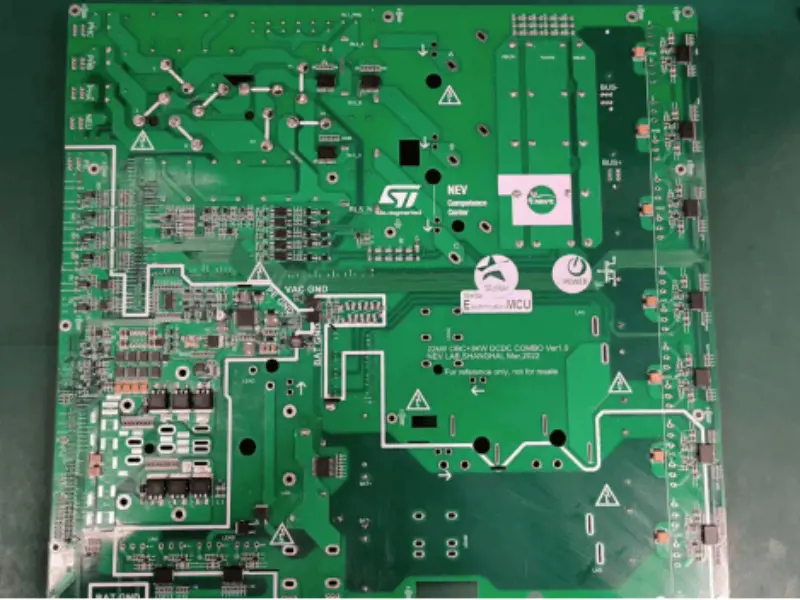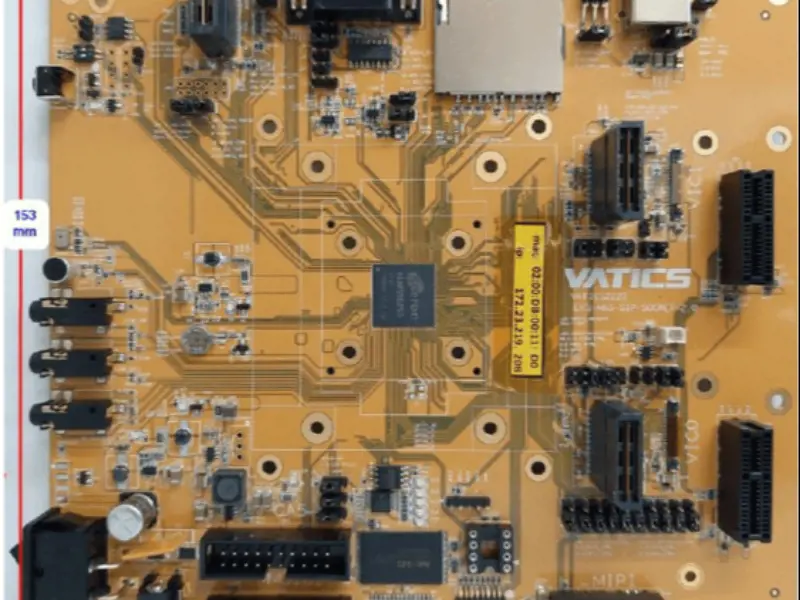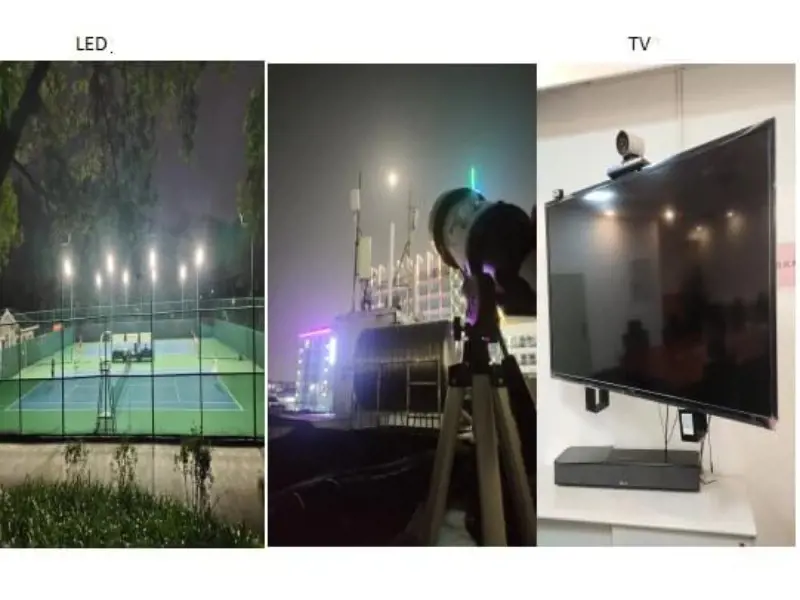Power Management Solutions for Healthcare Applications
Different healthcare applications have different requirements for power management solutions. In terms of power management, healthcare is a very interesting market. Although the design cycle of healthcare products is very long, high-level innovation continuously meets the needs of new healthcare electronic products.
These innovative products replace old equipment and occupy new markets and applications that did not exist a few years ago. This article will discuss four healthcare application areas: home healthcare, instrumentation, patient monitoring, and imaging applications. This article will discuss power management solutions for each area separately.
Home healthcare
There is a lot of design practice in home healthcare. Global aging, growing economic power, and innovation bring many new applications to home healthcare. For patients, the benefit is higher flexibility, better service, and fewer hospital visits.
Although the home healthcare market has existed for a long time, more advanced consumer-oriented solutions have emerged recently. Such solutions include activity, blood pressure, and heart rate monitors. In addition, portable blood analysis systems and pulse oximeter systems have also entered the home healthcare field.
From a power management perspective, high integration is required for all of these systems due to portability. Truly portable products are battery-powered, so system power efficiency is required. Lower power consumption can extend the device's operating time without charging or battery replacement in these applications.
Finally, the cost is also an important specification. Although the cost of power management solutions may not be the most important specification in some other healthcare applications, it is important for home healthcare. Cost constraints are becoming a feature of the consumer electronics market.
The power chain of the charging system uses lithium-ion batteries. This power architecture ensures that individual parts of the circuit can be turned off by the load switch (such as ADP190) while other circuits (such as ADP160) that power the real-time clock (RTC) are always on.
When turned on, ADP190 has a ground current of less than 2 μA, while ADP160 consumes only about 560 nA of power supply current under no load. This keeps the permanent discharge of the battery at a minimum level.
ADP2140 is a highly integrated buck switch regulator that can be used with a linear regulator. This power management unit can save space and cost.
Advanced battery charging solutions such as ADP5065 can be used to charge lithium-ion batteries. This device is an extremely efficient switch-mode charger suitable for medical applications due to its many error detection and safety features. The solution fully complies with USB 2.0, USB 3.0, and USB Battery Charging Specification 1.1 and can be charged from wall chargers, car chargers, or USB host ports via the mini-USB VBUS pin.
Some low-cost, short-term-use portable healthcare systems may be designed around non-rechargeable alkaline batteries. Using a single battery unit has advantages in weight and cost compared to common dual battery power. The problem with single alkaline battery systems is that the battery voltage range is only 0.8 V to 1.5 V. To power electronic devices, a boost regulator capable of converting such low input voltages with high efficiency is required.
Instrumentation Field
In the instrumentation field, applications include blood analyzers, dialysis machines, and clinical diagnostic equipment.
Instrumentation devices are typically non-portable. The power management requirements for these applications are not as limited by various factors as in the "home healthcare" section. Instrumentation applications typically have ample electrical power, so power efficiency is not a major concern. Although high integration undoubtedly helps the system, there are other considerations. Instrumentation applications typically value low noise performance.
Switching and linear regulators must have extremely low noise to perform high-precision measurements.
A silver box AC-DC power supply typically generates one or more intermediate voltages. Subsequently, these power rails are used to generate lower voltages.
The ADP5050 is a micro PMU (Power Management Unit) that uses a 12V rail from an AC-DC power supply. It integrates four switching regulators and one linear regulator in a compact package, providing many desirable features. The switching frequency of a single buck regulator is synchronized, and the phase is shifted to minimize noise on the input line and reduce the size of the input capacitor.
A unique feature is that two switching regulators can operate at half the switching frequency of the other two regulators. This allows for a predictable low EMI profile while enabling the low-power rails to operate at higher switching frequencies and using lower ones on the high-power rails for maximum efficiency.
Patient monitoring systems are used in clinical applications and can be used to measure blood pressure, as well as in electrocardiogram (ECG) and pulse oximeter systems.
Power management typically uses line power, so energy efficiency is less important than heat dissipation is well managed. What is important is reliability, current isolation for safety purposes, and low noise. To increase reliability, backup batteries are sometimes provided. Backup batteries help provide uninterrupted vital signs monitoring when patients are transferred to different hospital sites.
Isolation must comply with the most stringent medical safety standards, such as IEC 60601-1. Digital isolators using iCouplers® technology are replacing optocouplers without affecting isolation integrity.
The advantage of this trend is to avoid the aging effects of optocouplers to achieve long-term reliability and to integrate different semiconductor functions such as USB, I2C, and power management switch regulators in one package. These devices can enhance insulation and withstand the 10 kV surge required by IEC 60747-5-5 standards. iCoupler products use chip-scale transformers and have robust common-mode transient immunity compared to optocouplers and capacitor-based digital isolators.
The figure has two inductors, with the isolation barrier made of polyimide, silicon dioxide (SiO2), or similar insulating materials.
The isoPower® devices that integrate iCoupler technology are typical examples. isoPower not only couples signals through isolation gates but also power coupling. ADuM540x can provide up to 500 mW of total power. In addition to power coupling, the chip can also integrate up to four data coupling channels.
Medical Imaging
In medical imaging, the power consumption of large systems such as MRI and PET is extremely high, and many distributed power sources are required. These power sources require a specific level of efficiency for heat dissipation.
Any system noise (including switching noise and even LDO output voltage noise) can appear in the final image in imaging applications. This can be manifested as error lines in the image and sometimes as a decrease in the quality of contrast, color, or grayscale levels.
Power may affect image detection or image display circuits in imaging systems. If both are affected in the imaging system, the final image quality will become unacceptable. Some medical imaging equipment manufacturers have used power management modules but ultimately abandoned them. Although the main specifications are guaranteed, the actual EMI performance cannot be guaranteed.
The slightest change in the power module's production process can cause image quality problems. Developing and producing discrete power supply designs entirely by healthcare imaging design companies may be a better approach to achieving higher levels of control.
In conclusion, the power management requirements in different healthcare application areas vary greatly. We have discussed the requirements for specific solutions in each field. In-home healthcare, many solutions are based on ASSP (Application-Specific Standard Product) or ASIC (Application-Specific Integrated Circuit).
A small number of applications can use off-the-shelf power management unit standards. Power management solutions will be further optimized to match ultra-high-precision signal path components in instrumentation, patient monitoring, and imaging applications.










